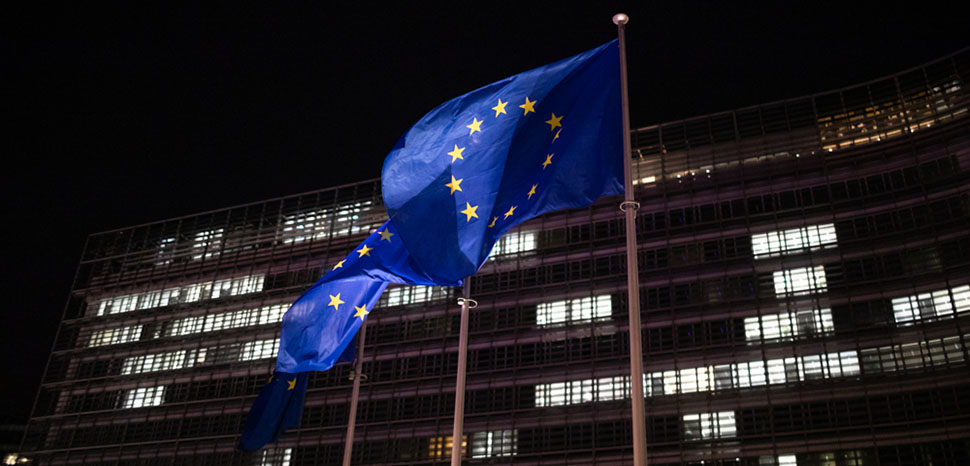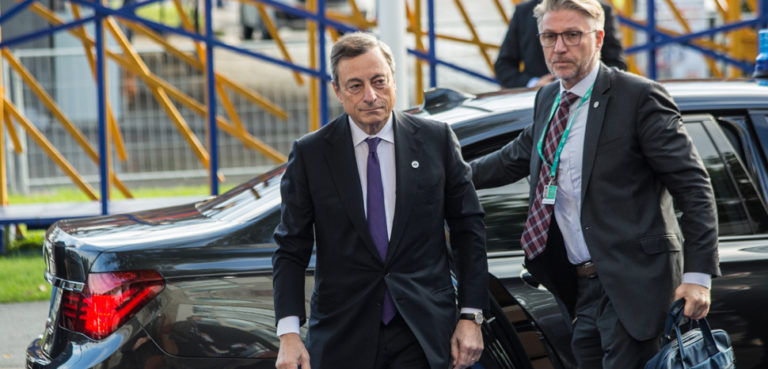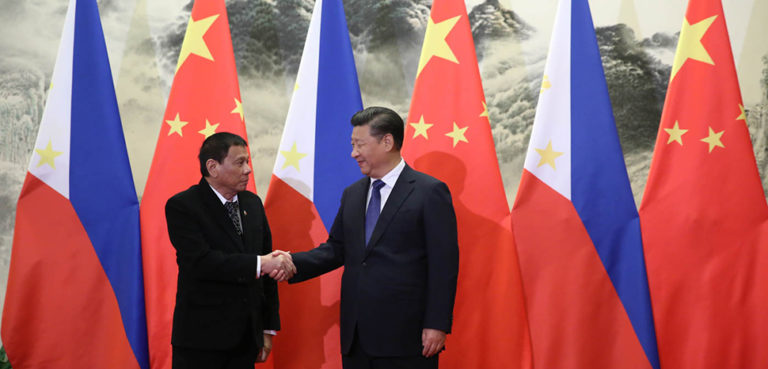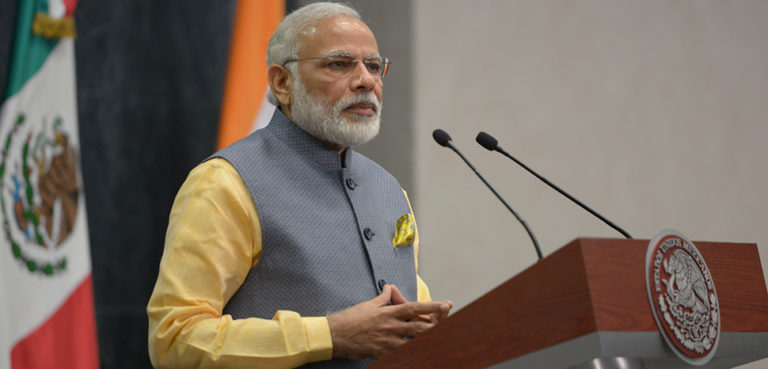The EU’s path to geopolitical influence via hard power has long been fraught, frequently compromised by the disparate interests of its member states and the difficulties in achieving consensus on military procurement and deployment among 27 member states. However, it appears as though the EU Commission is on the cusp of embarking on a different path toward global influence, that of providing finance and expertise for infrastructure projects in the developing world. You’d be forgiven for thinking this sounds familiar – the project, dubbed ‘Global Gateway,’ essentially boils down to Belt and Road with European characteristics.
The newest proposals, first reported on by Financial Times, envision some 300 billion euros in spending on infrastructure and other projects throughout the developing world. The timeline is relatively short with most of the money being disbursed by 2027, drawing from a wide assortment of stakeholders, including Brussels, EU member governments, national development banks, and European financial institutions. Priority areas would include climate, health, digitalization, energy and transport, education, and research.
Can EU Global Gateway Compete with China’s BRI?
As with any high-level announcement – and particularly those of the European Union – the devil may be in the details for the EU Global Gateway. On the surface, there are clear benefits to be had for Brussels. For one, it dovetails with the G7 Build Back Better World (B3W) partnership, announced back in June, and presents a hypothetical united front against Beijing’s growing dominance in the world of developmental finance. (Recall that most countries accepting onerous Belt and Road lending conditions do so for lack of any other viable alternative to finance their critical infrastructure needs). However, much like with B3W, it’s unclear where the money will be coming from and whether the 300-billion-euro figure represents new funding commitments or a reshuffling of prior commitments under previous initiatives. The extensive cast of intra-EU financiers involved, along with potential involvement of the private sector would seem to suggest the latter possibility.
The extent to which the 300-billion-euro figure will be devoted to projects outside the EU is also unclear. For example, early priorities backed by Global Gateway include infrastructure projects in eastern and southern Europe, as well as the Western Balkans – all close to home. These projects amount to tens of billions of dollars, much of which comes from preexisting initiatives such as the region-specific Economic and Investment Plan.
Thus, the EU Global Gateway starts to resemble something akin to the European Defense Fund (EDF) – an umbrella initiative that seeks to coordinate and funnel preexisting national resources toward supranational priorities as determined by Brussels. Both have their obvious benefits, but more so in gradually creating new efficiencies and economies of scale rather than enacting a paradigm shift in EU foreign policy. In other words, Global Gateway appears to be at risk of perpetuating the style-over-substance tendency of EU governance, at least out of the gates.
Global Gateway raises several interesting questions going forward. Both the EU initiative and B3W will entail a moral element to their financing, whether in the form of human rights/good governance standards or environmental criteria. These stand in sharp contrast to Belt and Road, which is generally a no-questions-asked proposition in terms of transparency, to the point where not even the terms of the loan deal are public knowledge (for example, see Pakistan’s stand-off with the IMF over the extent of the country’s BRI liabilities). BRI has also been notorious for bankrolling new coal generation projects, such that 70% of newly-built plants are Chinese-funded. However, it will be telling to see how Western offerings can compete in the developing world, particularly among countries with weak democratic standards. Bearing in mind that infrastructure financing isn’t an entirely altruistic venture in that it inevitably creates new and ultimately self-serving pathways of global trade, it’s possible that B3W/Global Gateway’s responsible approach would preclude achieving these wider aims, especially if Beijing is waiting in the wings with a no-strings-attached alternative.
Second, it remains to be seen whether the EU Global Gateway will seek to duplicate Belt and Road’s exporting of industrial overproduction. One ingenious aspect of BRI is that it’s designed to offshore China’s yawning surplus in labor and industrial outputs. As such, most BRI projects mandate not just the (expected) use of Chinese design talent and expertise, but the employment of thousands of Chinese construction workers and importation of Chinese steel, cement, etc. Thus, viewed through this lens, BRI becomes a global initiative that is very much focused on ensuring domestic political stability – keeping state-owned enterprises in business and keeping workers employed. Will the European iteration set out to do the same? It seems unlikely given the lack of state control over European industry vis-à-vis China; however, moving in this direction could help Brussels sell the initiative to member states and their domestic populations, both of whom might be wondering why infrastructure is being prioritized in far-flung lands and not the Union itself.
Finally, the level of actual coordination between B3W and the EU Global Gateway remains to be seen. While perfect coordination is impossible given the disparate interests and priorities involved, some level of cooperation will be essential if the West is to present a credible alternative to Belt and Road. Neither Washington nor Brussels alone can match the trillions in funding on offer from Beijing.




